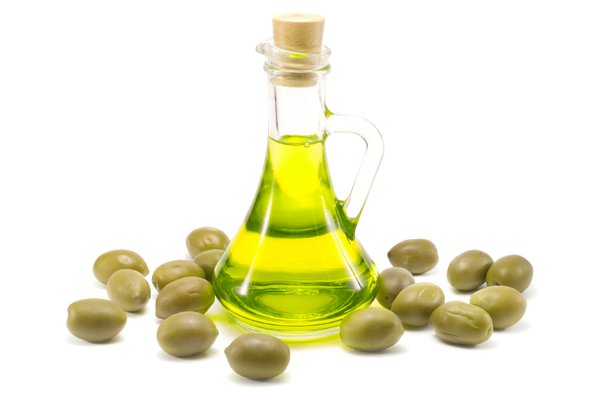A survey report, which also suggests opportunities for producers to better package and market their products, is available from the Olive Center.
“The survey revealed that consumers clearly need more information that will help them understand the choices in olive oil that are available to them,” said Dan Flynn, executive director of the UC Davis Center and a co-author of the study.
“With the olive oil industry in the United States now experiencing a renaissance, this is the perfect time for producers to help consumers better appreciate the flavor contrasts between fresh extra virgin olive oil and substandard oils,” Flynn said.
The survey, which probed the perceptions and attitudes of more than 2,200 individuals during spring 2012, was conducted online in two phases.
The survey revealed that more than 70 percent of the respondents were using it for a variety of culinary purposes, including making salad dressings and dips, grilling, finishing or drizzling, and also baking. A surprisingly large number — 86 percent — of the respondents indicated that they also were using it to sauté and deep fry foods.
“This was particularly interesting, because conventional wisdom has long held that it has a low smoke point,” Flynn said. “Olive oil, in truth, has a high-enough smoke point for most cooking applications, and it’s gratifying to see that consumers have discovered that on their own.”
Olive oil is usually marketed in the United States as three different grades: extra virgin, pure, and light or extra light. No more than one out of four survey participants demonstrated an accurate understanding of these grades. For example, many respondents thought the term “pure” indicated the highest quality, when in reality it is applied to lower-grade blends. Extra virgin is the term for the highest quality oil.
Similarly, most respondents incorrectly thought that refining was done to make good olive oil even better; the process is actually used to make inferior ones edible. And most respondents incorrectly assumed that color is an accurate indicator of quality.
Flavor was the primary reason for selecting one over other oils, according to 80 percent of the survey respondents. The survey coordinators noted that this result is significant, because earlier studies have indicated that two-thirds of the top-selling brands analyzed were found to have rancidity and other defects. The researchers suggest that consumers may be developing an affinity for substandard flavors, and that producers would be well advised to develop strategies for introducing more consumers to the flavor of high-quality extra virgin olive oils.
Eighty percent of the respondents also indicated that they chose olive oil as a healthier alternative to other oils and fats. Because of the importance of health benefits to consumers, olive oil producers may want to conduct research on the comparative healthfulness of the various grades of olive oil, survey coordinators suggested.
When asked to describe desirable olive oil flavor, nearly 80 percent of the respondents agreed that “fresh” was a good descriptor — which is in sync with industry standards. However, the terms “fruity,” “peppery” and “grassy” did not resonate with most of the survey respondents. These findings suggest that olive oil producers might want to highlight freshness over other lesser-understood terms in their packaging and marketing efforts.
Flynn collaborated on the survey and report with lead researcher Selina C. Wang, research director for the UC Davis Olive Center, and Ben Moscatello, a senior business analyst and alumnus of the UC Davis Graduate School of Management.
Source


No comments:
Post a Comment